Located between the borders of Thailand, Myanmar and Laos, at the confluence of the Ruak and Mekong rivers on a vast, tranquil plain running through a historically lawless region of the Southeast Asian highlands, the Golden Triangle was once the epicentre of one of the world's major opium-producing regions.
Several nearby museums have opened to tell the history of opium, while the outlying hills feature informal memorials to drug lords of the past, remembered as folk heroes rather than villains.
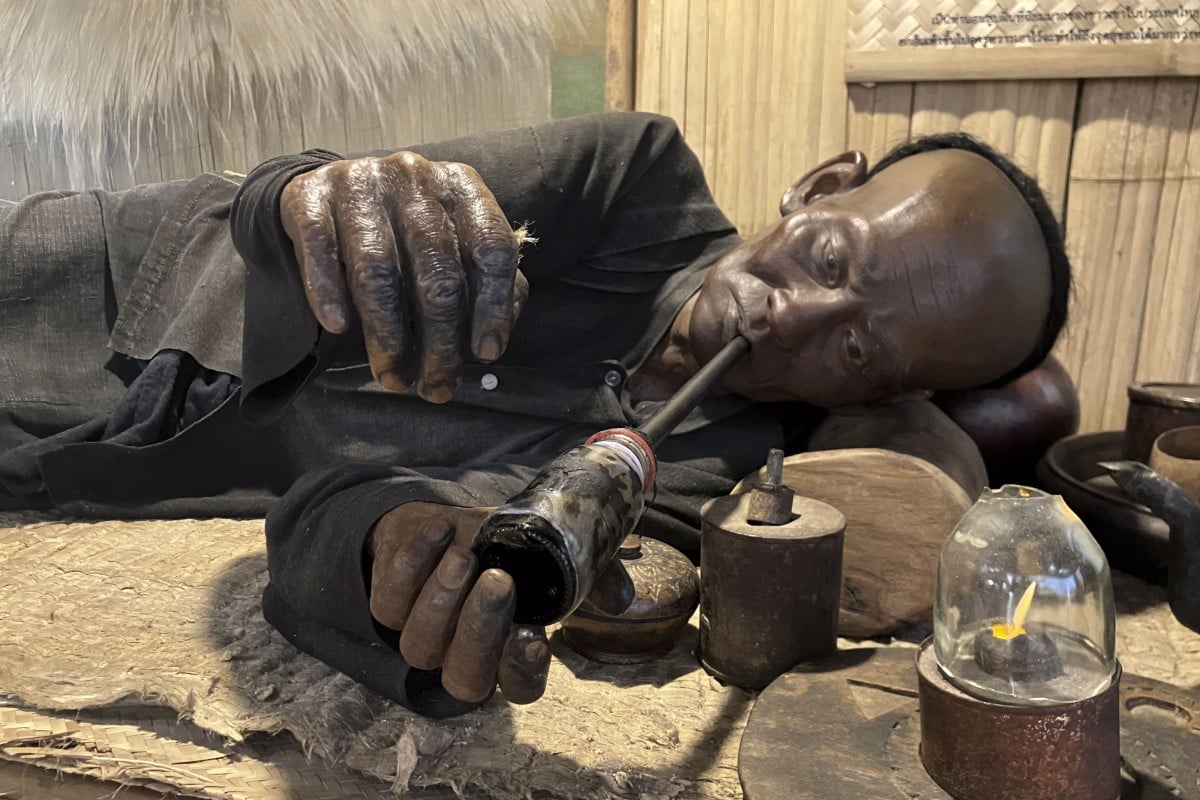
A replica of an opium smoker at the House of Opium museum in Thailand's Golden Triangle. Photo: David Frazier
The first museum about opium
House of Opium - the first opium museum in the area - was opened in 1989 by Phatcharee Srimathayakun, a Thai villager now 70. "The history of the opium trade makes this area special. I hope people can come and appreciate the artistic and cultural aspects of this history," she said.
Phatcharee was born in Chiang Saen district (Chiang Rai province, northern Thailand) in 1953, and her fascinating museum tells the story of the heyday of the opium trade.
Her uncle used to ferry opium up and down the Mekong, and as a girl in the 1960s she saw “white helicopters” plucking bundles of drugs from the riverbank. Though she couldn’t be sure, she suspected they were drug cartels run by American soldiers.
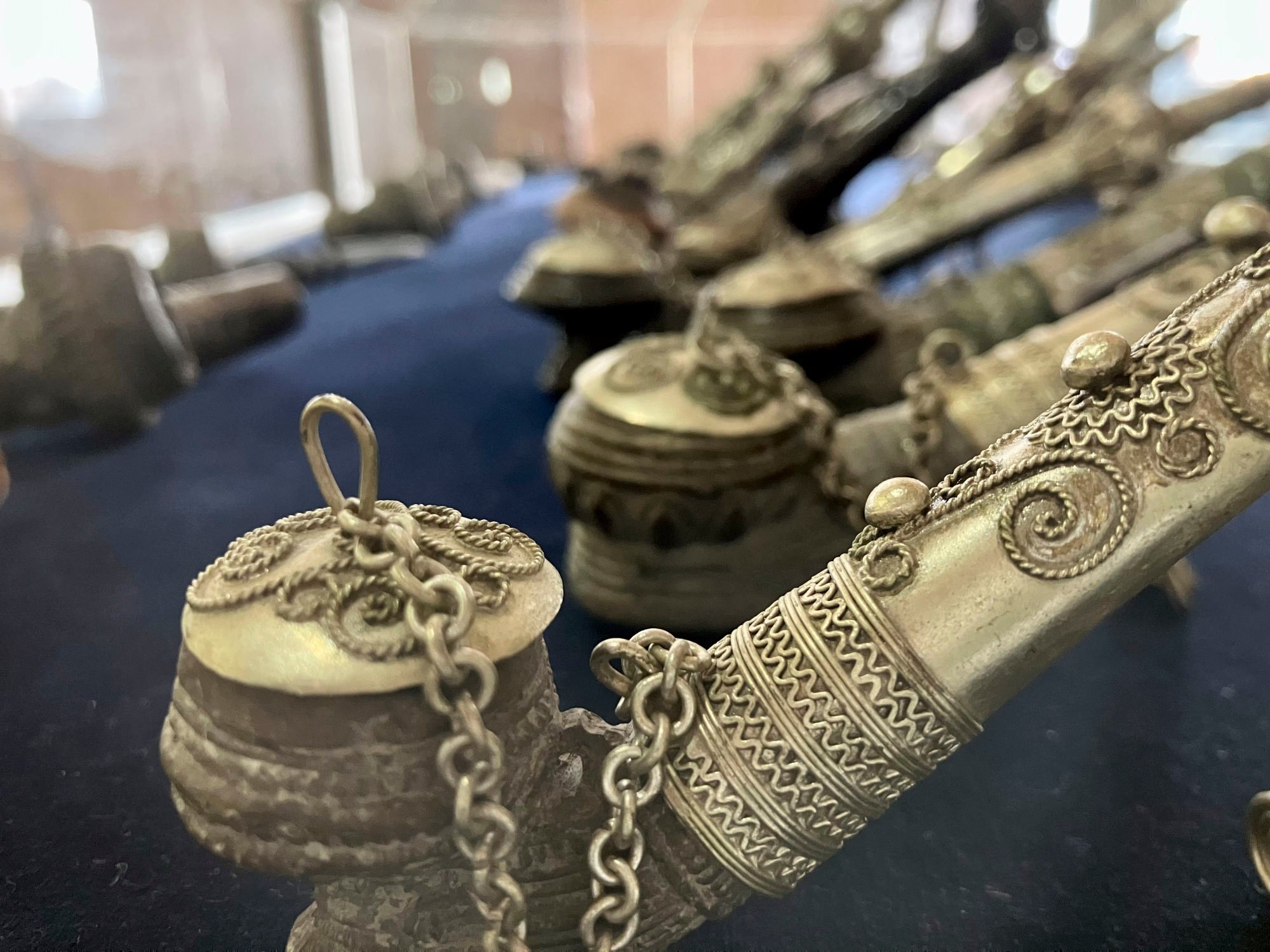
Opium pipes on display at the House of Opium. Photo: David Frazier
In 1986, she opened a souvenir and antique shop in her hometown. This was also the time when the government began building a paved highway to the town. Soon after, European tour companies began organizing "Golden Triangle" tours led by French and Germans.
"My shop was the only one in the area that traded anything," she said. "I would resell these items as antiques and quickly realized that opium paraphernalia was a best seller."
“However, after two or three years, I realized I was selling rare items that I would never see again. So I stopped selling and turned my store into a museum.”
Ms Phatcharee's collection, which now includes about 2,000 pieces, is "the largest in Asia and among the top five in the world, after museums in Amsterdam and France" for opium, her son said. Because the collection is so rare, the museum regularly collaborates with researchers from Bangkok and Chiang Rai.
Hall of Opium Museum and "opium king" Khun Sa
Nearby is a Thai government -sponsored museum called the Hall of Opium, which has rich historical sections, about a third of which is about drugs and addiction.
The museum tells us that the use of opium is as old as recorded history. The drug is extracted from the rubber-like sap of Papaver somniferum, the only one of more than 250 species of poppies that has an addictive effect.
The earliest known cultivation of opium was in the Mediterranean region around 3400 BC. Archaeologists know that it was used in ancient Sumerian and Egyptian societies. Over the centuries, it was carried east along trade routes, possibly reaching China and Burma about 1,000 years later.
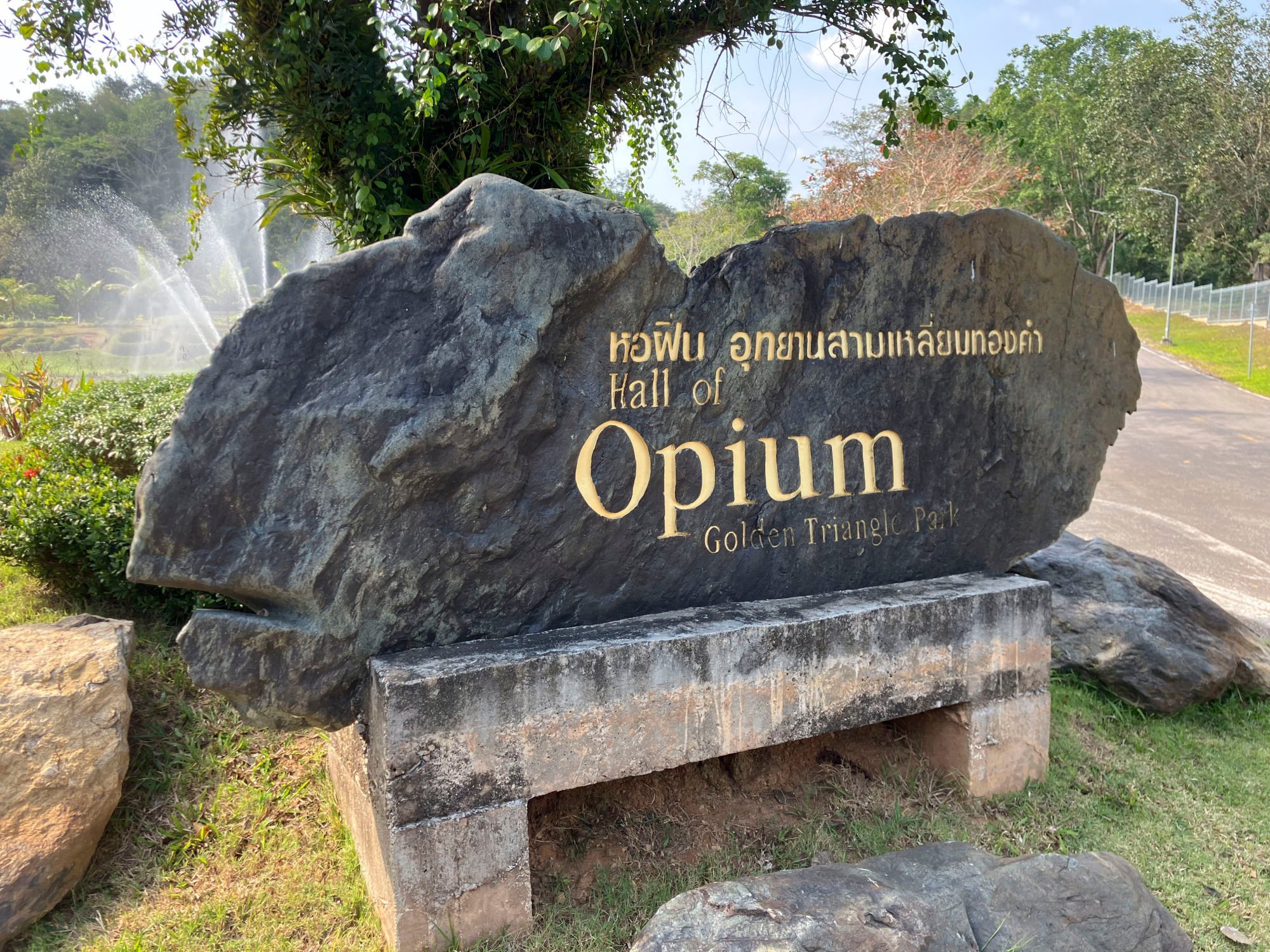
Entrance to the Hall of Opium museum. Photo: David Frazier
Opium has been used in the Golden Triangle for centuries as a traditional medicine, but only recently has it become a profitable crop.
Large-scale cultivation began in the late 19th century under British and French colonialists. Drug lords took over after Burma gained independence from Britain in 1948 and the end of the Chinese civil war in 1949.
One of the first drug-funded armies in the region was Chiang Kai-shek's Nationalist soldiers. They pushed deep into the highlands of the Golden Triangle and quickly took over the region's opium trade.
The main Kuomintang stronghold was located at the village of Mae Salong, nearly 80 km west of the Mekong River, in mountainous terrain that until the 1980s was accessible only by footpath.
Two mountains away is the former camp of Khun Sa - a drug lord, opium kingpin in a large area of the Golden Triangle - the Kuomintang's opponent in the 1967 opium war. The two sides started fighting because Khun Sa refused to pay the Kuomintang's opium transport tax.
Of Chinese descent, Khun Sa was originally trained in the Kuomintang army in Burma, and eventually replaced the failed Kuomintang army to become the world's most notorious drug lord.
He is believed to have controlled over 60% of the world's heroin supply, commanded an army of up to 30,000 men, and was the drug lord who dominated the Golden Triangle from the mid-1970s to the mid-1990s.
None of the museum's rooms shed light on Khun Sa's drug exploits, but they do show his positive contributions to the nearby town, including building bridges, roads, reservoirs, a power plant, a theater, an orphanage and the still-functioning Ban Theat Primary School.
Khun Sa once declared: "I do not grow opium poppies and I do not trade drugs. I am just a servant of the people, fighting to regain the lost land."
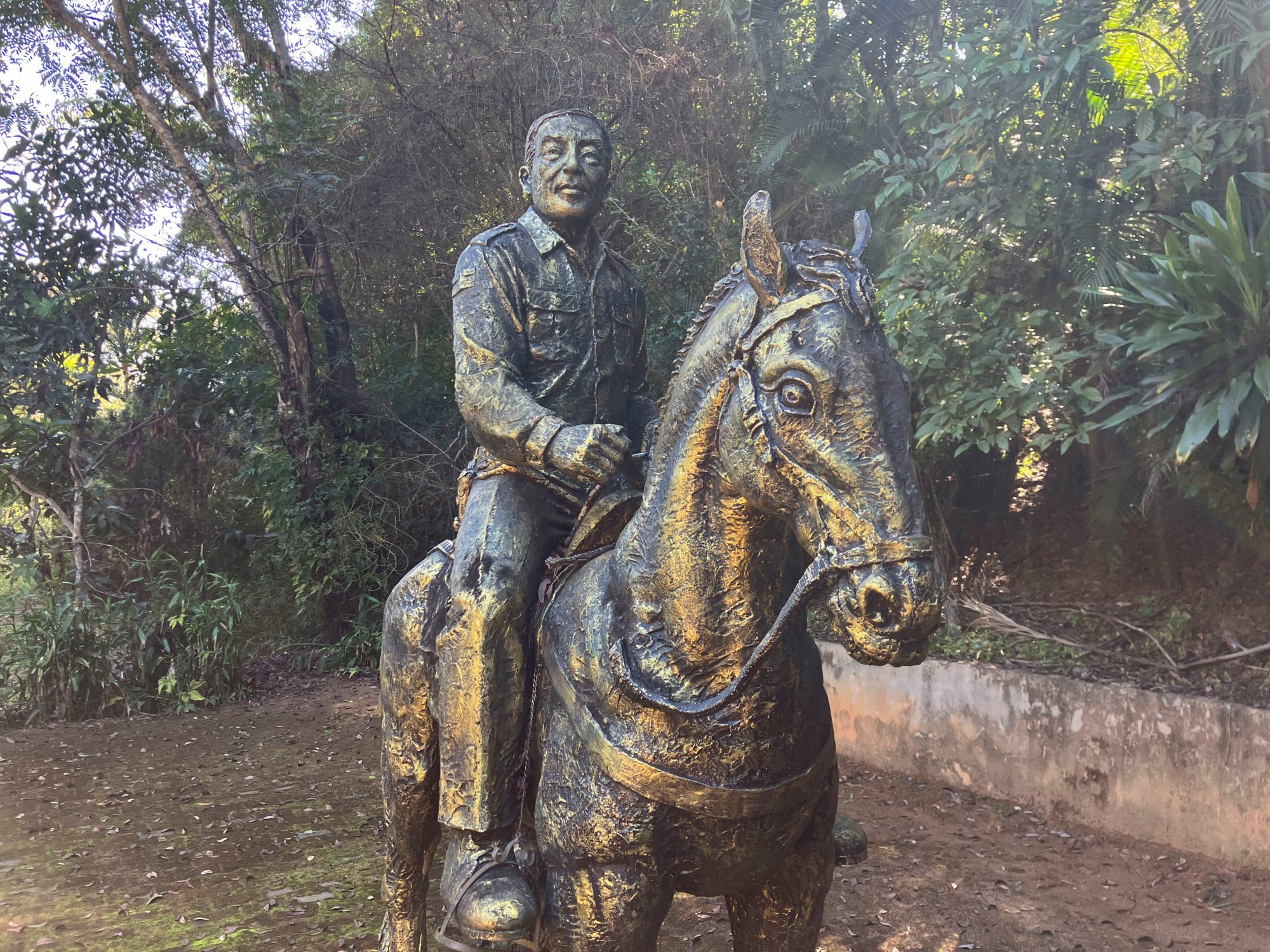
Statue of Khun Sa at his old camp. Photo: David Frazier
Opium in northern Thailand is a deep-rooted and complex legacy, and the Golden Triangle regions of Myanmar and Laos remain a haven for crime.
In 2023, due to political instability, Myanmar's Shan state returns to its position as the world's leading opium producer, while in Laos, the Golden Triangle Special Economic Zone, a casino city, appears.
Chinese casinos in the Golden Triangle Special Economic Zone can be seen from the riverside promenade in Chiang Saen. Ms Phatcharee pointed to them and said: "Back in 1967, that's where they fought, exactly where the casinos are now." It shows that the "scary" legend of the Golden Triangle is still not over.
Hoai Phuong (according to SCMP)
Source


![[Photo] Prime Minister Pham Minh Chinh chairs meeting on science and technology development](https://vphoto.vietnam.vn/thumb/1200x675/vietnam/resource/IMAGE/2025/5/17/ae80dd74c384439789b12013c738a045)
![[Photo] Readers line up to visit the photo exhibition and receive a special publication commemorating the 135th birthday of President Ho Chi Minh at Nhan Dan Newspaper](https://vphoto.vietnam.vn/thumb/1200x675/vietnam/resource/IMAGE/2025/5/17/85b3197fc6bd43e6a9ee4db15101005b)
![[Photo] More than 17,000 candidates participate in the 2025 SPT Competency Assessment Test of Hanoi National University of Education](https://vphoto.vietnam.vn/thumb/1200x675/vietnam/resource/IMAGE/2025/5/17/e538d9a1636c407cbb211b314e6303fd)



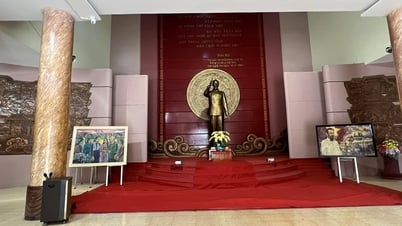

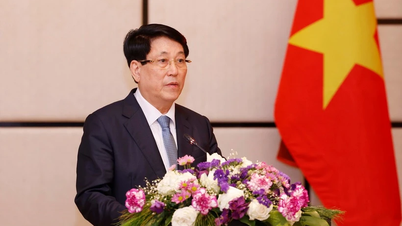



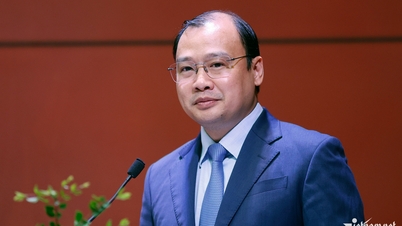

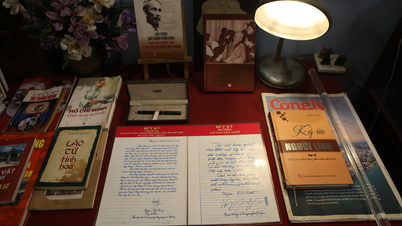
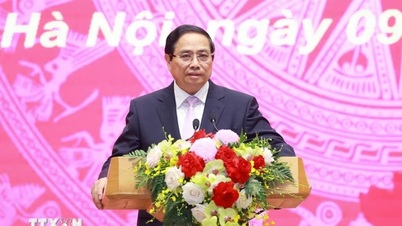

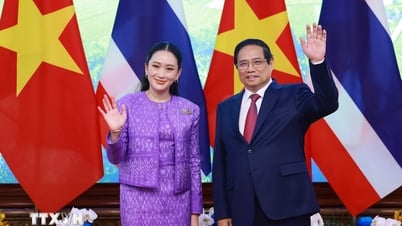
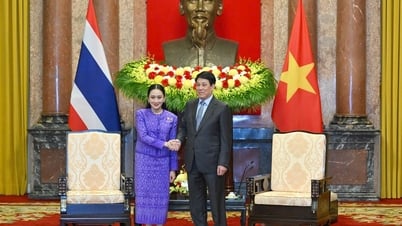

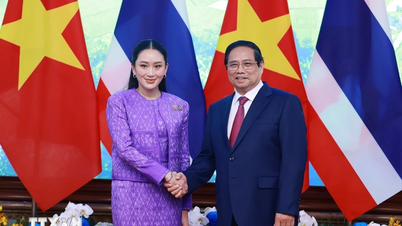
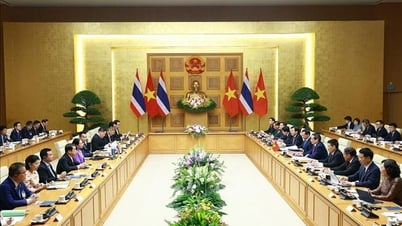

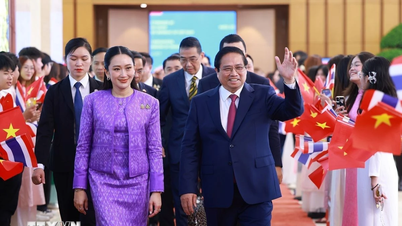

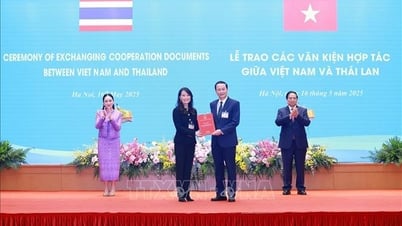










![[Photo] Nearly 3,000 students moved by stories about soldiers](https://vphoto.vietnam.vn/thumb/1200x675/vietnam/resource/IMAGE/2025/5/17/21da57c8241e42438b423eaa37215e0e)



















































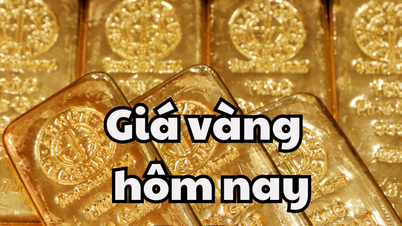
















Comment (0)